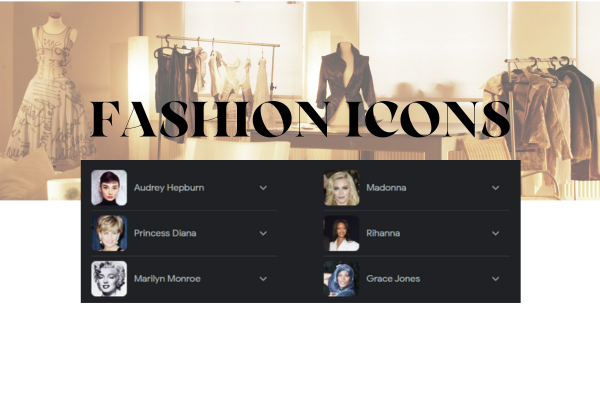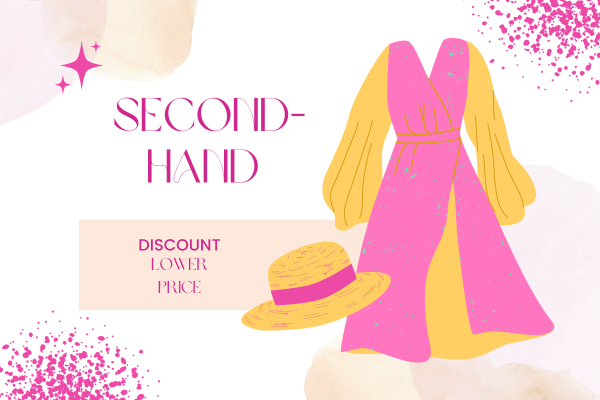Fashion is more than just clothing; it’s an ever-evolving art form that reflects society’s values, culture, and individualism. Throughout history, various fashion icons have emerged, each leaving an indelible mark on the world of style. This article takes you on a journey through the history of fashion icons, exploring their influence on consumerism patterns and how they shape contemporary fashion trends.
I. The Victorian Era – Queen Victoria’s Influence


II. The Roaring Twenties – The Flapper Phenomenon
The 1920s marked a radical departure from the conservative Victorian era. Flappers, epitomized by icons like Coco Chanel, challenged societal norms with their short dresses, bobbed hair, and rebellious attitudes. Chanel’s innovative use of jersey fabric revolutionized fashion, making it more comfortable and accessible. This era saw the rise of consumerism as people sought to emulate the glamour and freedom associated with the Roaring Twenties.

III. The Golden Age of Hollywood – Screen Sirens and Glamour
The 1930s and 1940s brought the allure of Hollywood to the forefront of fashion. Icons like Audrey Hepburn, Grace Kelly, and Marilyn Monroe became style inspirations for millions. Hepburn’s simple yet elegant looks in films like “Breakfast at Tiffany’s” continue to influence fashion to this day. Consumerism patterns during this era were driven by the desire to mimic the glamour and sophistication of these silver screen stars.
IV. The Swinging Sixties – Youth Culture and Rebellion
The 1960s witnessed a seismic shift in fashion, largely influenced by youth culture and countercultural movements. Icons like Twiggy and the Beatles brought about the rise of mod fashion and psychedelic prints. Mary Quant’s miniskirts became a symbol of female empowerment. Consumerism patterns in the 1960s were marked by a rejection of traditional norms and a pursuit of individualism.
V. The Punk Revolution – Rebellion and Anti-Fashion

The late 1970s and early 1980s saw the emergence of punk rock and icons like Vivienne Westwood and Johnny Rotten. Punk fashion was a rebellion against the mainstream, characterized by ripped clothing, leather jackets, and unconventional hairstyles. It challenged the consumerism patterns of the time by embracing DIY aesthetics and anti-fashion statements.
VI. The Supermodels and Luxury Brands – 1990s Excess

The 1990s were characterized by the rise of supermodels like Naomi Campbell, Kate Moss, and Cindy Crawford. Luxury brands such as Versace and Dolce & Gabbana became synonymous with opulence and excess. This era’s consumerism pattern was marked by a desire for designer labels and conspicuous consumption.

VII. The Digital Age – Influencers and Fast Fashion
With the advent of the internet and social media, the fashion landscape changed dramatically in the 21st century. Influencers like Kim Kardashian and fashion bloggers gained immense influence. Fast fashion brands like Zara and H&M catered to consumers’ desire for constant novelty. Consumerism patterns shifted towards online shopping and the rapid turnover of clothing items.

VIII. Sustainable Fashion – A Response to Consumerism
Conclusion
Fashion icons have played a vital role in shaping consumerism patterns throughout history. From the opulence of the Victorian era to the rebellion of punk rock, these icons have influenced how we perceive and consume fashion. As we move into a more sustainable and socially conscious era, the lessons of the past continue to inform the fashion industry, ensuring that it remains an ever-evolving art form that reflects our values and aspirations.












